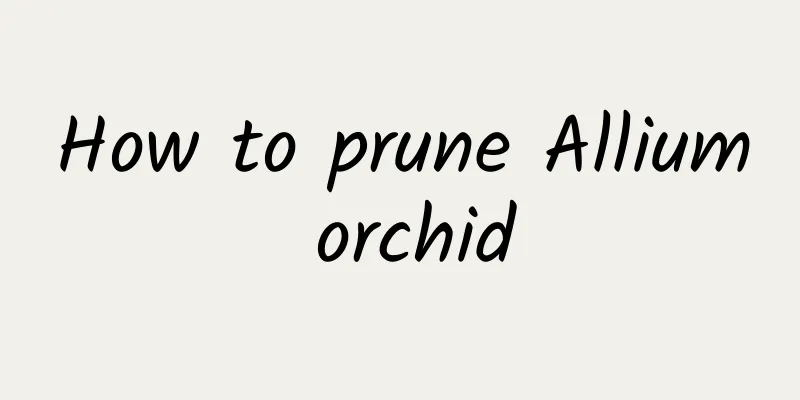How to care for hydroponic spiderwort

Hydroponic method of net grassNet-grass can be grown in water. First, take the net-grass out of the soil and wash its roots. Second, put the net-grass in a container and only put 2/3 of its roots in the water. Finally, place the net-grass in a cool place to grow, away from strong sunlight. Hydroponic cultivation method of net grassDuring the hydroponic culture of spiderwort, you can change the water once a week to keep the water clean, and add some nutrient solution every half a month. Under normal circumstances, it cannot be placed in direct sunlight, otherwise the leaves will be sunburned. It is best to place it in a place with sufficient scattered light and not in a cool place for maintenance. Net-veined grass has a wide adaptability to water quality and can use ordinary tap water. The water needs to be changed every 3-4 days in summer, and half of the water needs to be replaced each time. In winter, the water can be changed every 7 days, and one-third of the water needs to be replaced each time. It should not be exposed to too strong sunlight during maintenance, and it is best to place it near a bright window for maintenance. How to grow spiderwort without yellowing leavesExcessive watering: Net-veined spiderwort needs a certain amount of water, but giving too much water will cause water accumulation in the flowerpot, resulting in falling and yellowing leaves. Just water it according to its growth. Place it in a well-ventilated place and control watering at normal times. Exposure to the scorching sun: If the spiderwort is exposed to the scorching sun in summer, its leaves will turn yellow and it can be moved to a cool place for maintenance. It likes a warm growing environment. Once the growing environment is low in winter, it will cause yellow leaves. It can be moved indoors and exposed to more sunlight. Precautions for hydroponic netgrass1. Net-veined grass likes a warm growing environment. The suitable growth temperature is between 18-25 degrees. It has poor cold resistance. If the temperature is lower than 12 degrees, the leaves will suffer from cold damage. Net-veined grass may die at about 8 degrees Celsius. 2. Anthracnose, aphids and other pests and diseases often occur during the water culture of spider grass. They can be prevented and controlled by spraying pesticides. If the environment is humid or the water is not changed in time, root rot will occur. As long as the disease is found, flower lovers should use thiophanate-methyl or carbendazim to prevent and control it in time. |
<<: How to cultivate money bag and precautions
>>: Does sweet potato prefer shade or sun?
Recommend
Coriander planting method and time planting technology (full steps)
The best time to plant coriander The planting tim...
Can roses be grown indoors?
1. Is it possible? Rose is a well-known ornamenta...
The growth environment and characteristics of Perilla
Perilla growth environment and conditions Perilla...
How to propagate ginkgo and what to pay attention to
Ginkgo propagation method The main ways of propag...
Cultivation methods and precautions of red azalea
one. The preferences of the red azalea Not all fl...
How to trim the Yale Dance
Time to prune: Plants have their own growing seas...
Why is the Monstera leaning from side to side?
1. Not Deeply Rooted Reason: If Monstera grows cr...
Advantages and disadvantages of Songzhimeng Rose
The pedicels of the Songzhimeng rose are thick an...
How to cultivate Potentilla fruticosa
Plant habits This plant is very cold-resistant an...
Is Dieffenbachia poisonous?
Is Dieffenbachia poisonous? Dieffenbachia is pois...
Main varieties of ornamental pineapples
1. Pineapple It is also called golden-edged pinea...
The language and meaning of the azalea flower, and what legends are there?
1. Flower language and meaning of azalea 1. Flowe...
Does Chunlan prefer shade or sun?
Does Chunlan prefer shade or sun? Spring orchid i...
Only by raising these flowers can you become a flower-raising master
Tiger Piranha ★ Things to note when growing tiger...
Can yacon be planted as seeds? Can it be planted after it sprouts?
1. Can it be planted as seeds? Yacon can be plant...









